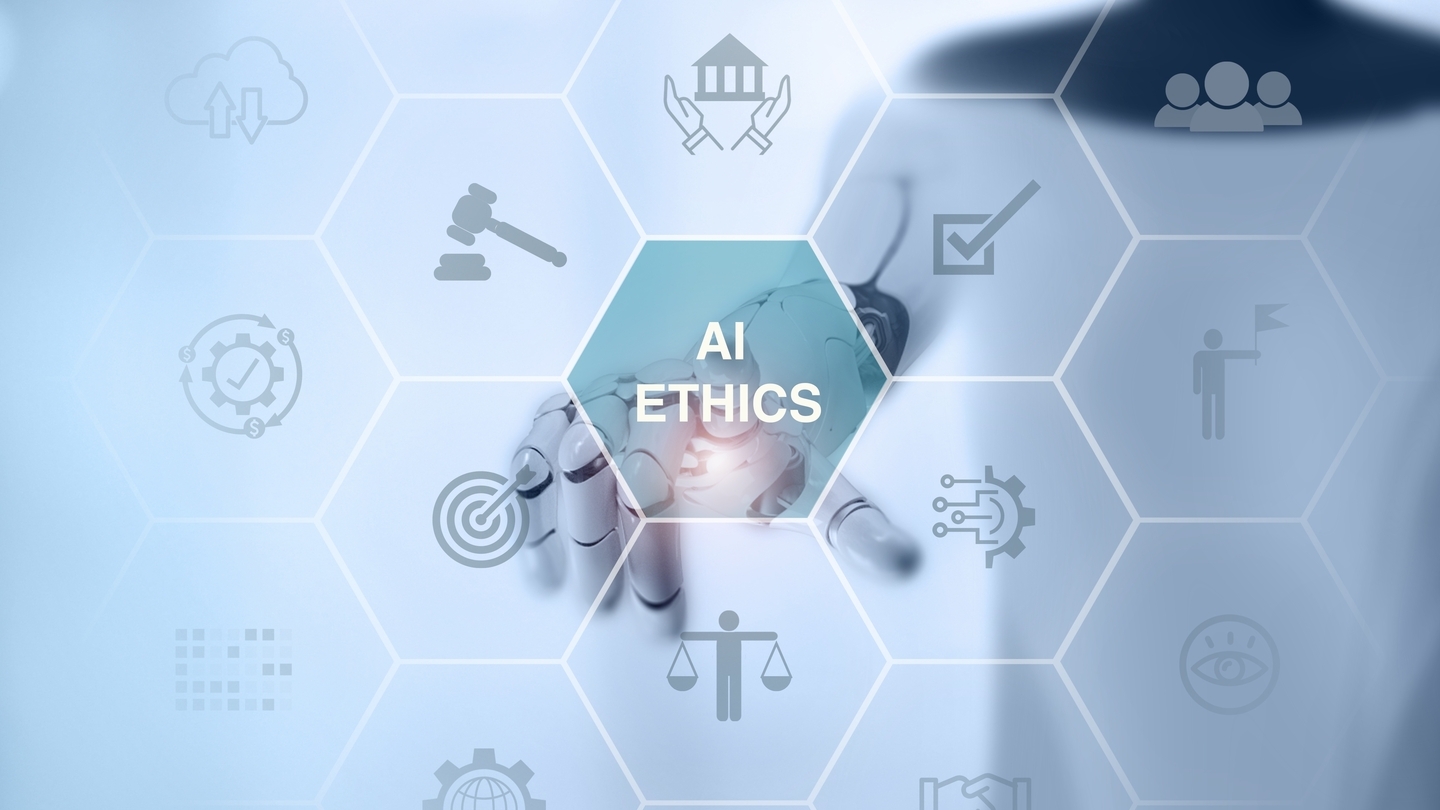The world of IP-based video is defined at present by a couple of major technologies. David Davies examines their primary points of difference and wonders ‘what’s next’ for media connectivity and transportation.
If you wanted to put a date-stamp on the birth of modern media networking technology, then you would need to be looking closely at the last four months of 2015. In September that year, the Network Device Interface (NDI) software specification developed by NewTek was publicly revealed and demonstrated at the IBC Show. A few months later, the TR-03 and TR-04 technical recommendations were published by the Video Services Forum; these would go on to provide important foundations to the SMPTE ST 2110 standards suite, the first four parts of which were published to no little fanfare in November 2017.
The concentration of ST 2110 on uncompressed video arguably does much to explain its initial rise to prominence. Large broadcasters and service providers were always going to be in the vanguard of companies with the resources to adopt IP media at an earlier stage and were inevitably going to require the highest possible (uncompressed) video quality...
You are not signed in.
Only registered users can view this article.

Finding our ethical true north on AI: Part II
Part two of our insight into AI ethics and regulation continues with observations on industry efforts around standards and best practices, and why human impact should be the guiding force. James McKeown reports.
/Source - shutterstock_2464837145 (1).jpg)
Digital Catapult: AI innovations to supercharge the creative industries
Accelerated VFX workflows, video game characters you can converse with, and auto-generated visual experiences from sound for XR headsets are just some of the AI innovations devised by start-ups as part of a recent Digital Catapult programme. Adrian Pennington reports.
.jpg)
Neural Radiance Fields – A new approach to 3D modelling
From the chemical, mechanical and electrical process of creating a film, to the rise of virtual production, visual storytelling has always turned to cutting-edge technologies. Now Neural Radiance Fields (NeRF) could replace the traditional technological foundations that broadcasting and film are built upon. IBC365 speaks to leading researcher, Professor Ravi Ramamoorthi.
.jpg)
Future predictions – Part II: Leaders and analysts
The coming year hints at big changes in focus and innovations for the media and entertainment world. With giant leaps in AI advancements, streamlining production and the road ahead for ad-tech, how can vendors meet the demands of the hungry yet cost-conscious consumer, whilst staying ahead of the game? John Maxwell Hobbs gathers more expert insight from leaders and analysts in the second part of our future predictions series.

Future predictions – Part I: Broadcasters and suppliers
As we wrap up 2024, it’s time to consider what lies ahead for the media industry in 2025. John Maxwell Hobbs probed industry executives to share their crystal ball predictions on themes spanning the impact of AI, the transition from hardware to software-based solutions, data security and ways of reaching new audiences.





